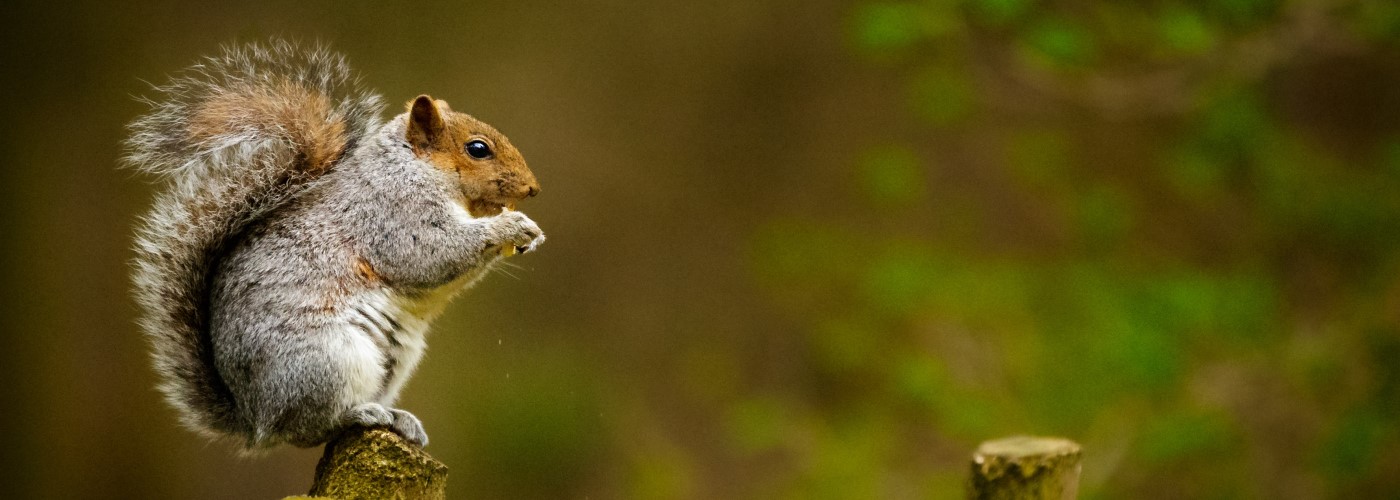

Squirrels are very popular animals who call home across the United States. They also come in a wide range of colors from brown to gray, even some are all black and all white! Residents in the northeastern part of the U.S and southeastern Canada usually see squirrels that are gray. Areas in parts of the northern U.S will see even all black and all white squirrels running around! A fun fact is that over 200 years ago through the forests in the northeastern part of the U.S, squirrels were mostly black!
According to the article, gray and black squirrels are a version of eastern gray squirrels with genetic variants. "Because coat color is genetic, any changes in the prevalence of each morph over time or between cities may be the result of biological evolution," James Gibbs, Professor of Vertebrate Conservation Biology at the State University of New York mentioned. He wanted to know why there was an abundance of black squirrels in Syracuse New York, but very few black squirrels in the rural forests outside the city. Scientists call this kind of change in a trait along an environmental gradient a "cline". To test whether clines in squirrel melanism are common along urbanization gradients in multiple cities, his team developed a squirrel tracking citizen science project called SquirrelMapper. This lets people anywhere in the word submit location-tagged photos of squirrels to iNaturlist, an app that has over 56 million sitings of different squirrels! More than 35,000 people have helped observe and classify squirrel coat color with SquirrelMapper.
Results confirmed that "black squirrels are most common in cities. For example, black squirrels are rare in rural areas surrounding Washington, D.C., but can make up some 40 percent of the squirrel population in pockets of the city. The results have also correlated other patterns, like black squirrels being more common at cold, northern latitudes." Gibbs know wanted to know why this is occurring. According to the article, people detect black squirrels on a road surface faster than the gray ones. Cars are one of the biggest threats to city squirrels, and these results suggest that drivers might have an easier time avoiding black squirrels than gray because the black ones are easier to see on the road.
If you would like to help with this project you can visit the SquirrelMapper page!